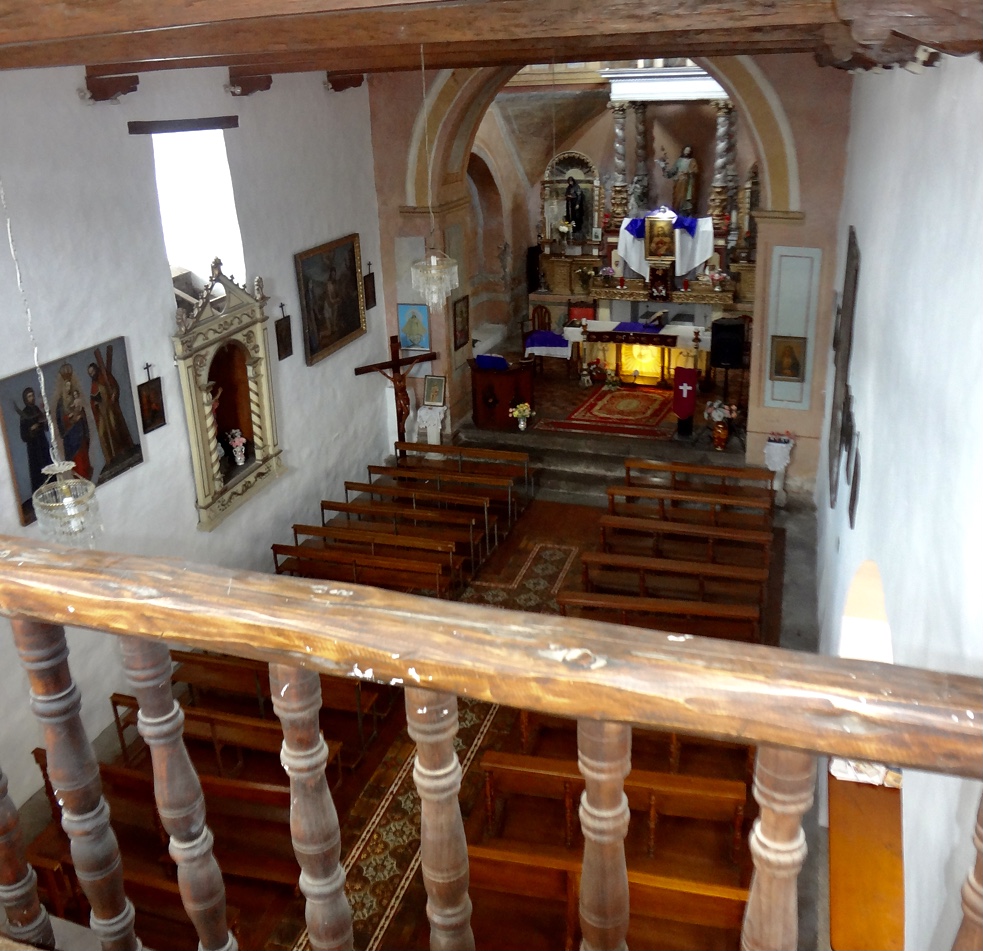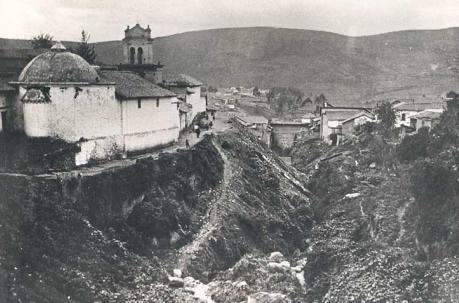Español
La Capilla del Robo se levantó en el siglo XVII en el sector de San Juan, al norte del Centro Histórico de Quito. Su construcción se vinculó a una antigua leyenda sobre un robo sacrílego cometido contra el Santísimo Sacramento, lo que dio origen a su nombre y a la devoción popular que desde entonces rodea al templo. Con el tiempo se convirtió en un espacio de recogimiento y peregrinación, especialmente para los barrios cercanos.
El edificio posee una fachada sencilla, propia del estilo barroco popular quiteño. Construida en piedra y cal, su portada está enmarcada por columnas lisas y un frontón triangular que remata el conjunto. La torre campanario, de proporciones modestas, refuerza su carácter de capilla de barrio, manteniendo armonía con la escala del entorno.
El interior es de una sola nave, con un altar mayor que conserva elementos barrocos recubiertos en pan de oro. En sus muros se aprecian pinturas y pequeñas esculturas vinculadas a la tradición quiteña, que evocan la historia del robo sacrílego y la devoción al Santísimo. La sobriedad de su espacio se combina con detalles artísticos de gran valor, convirtiéndola en un lugar de memoria y espiritualidad.


English
Early History
The Chapel of the Robbery was built in the 17th century in the San Juan neighborhood, north of Quito’s Historic Center. Its construction was linked to an ancient legend about a sacrilegious theft committed against the Blessed Sacrament, which gave rise to its name and the popular devotion that has surrounded the church ever since. Over time, it became a place of contemplation and pilgrimage, especially for the surrounding neighborhoods.
Exterior Architecture
The building has a simple façade, typical of the popular Quito Baroque style. Built of stone and lime, its doorway is framed by smooth columns and a triangular pediment crowning the entire structure. The modestly proportioned bell tower reinforces its character as a neighborhood chapel, while remaining in harmony with the scale of its surroundings.
Interior Architecture
The interior has a single nave, with a high altar that retains Baroque elements covered in gold leaf. On its walls, paintings and small sculptures linked to Quito tradition can be seen, evoking the history of sacrilegious theft and devotion to the Blessed Sacrament. The simplicity of its space is combined with valuable artistic details, making it a place of memory and spirituality.